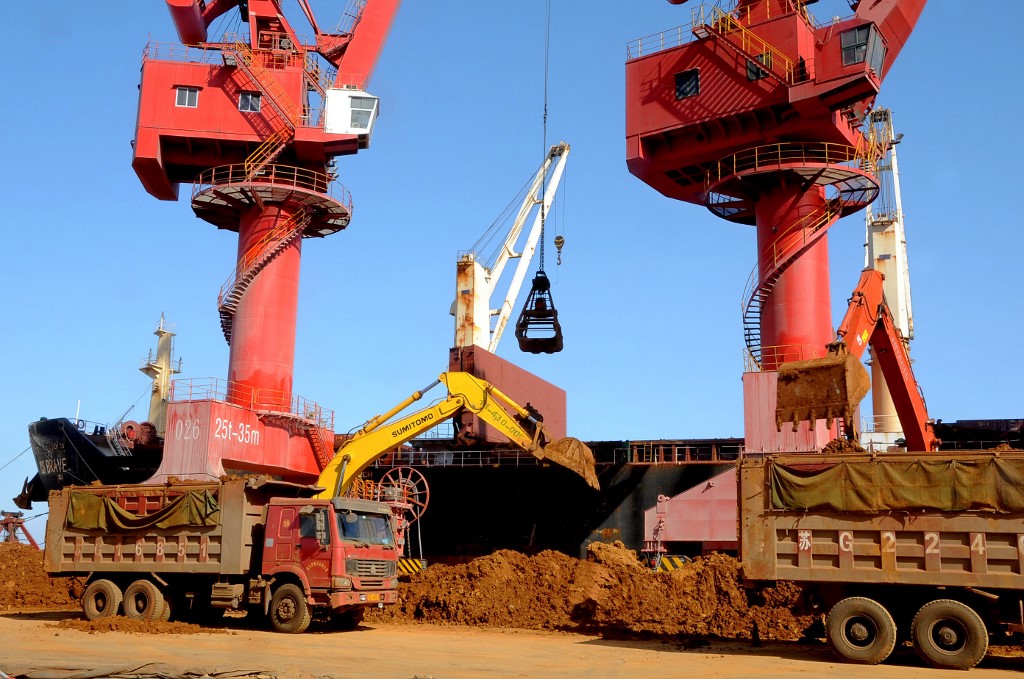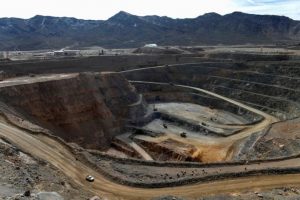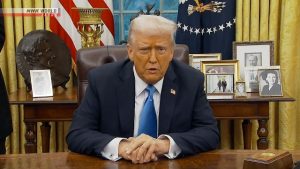Automakers General Motors and Stellantis are investing in a tech startup looking to develop rare earths-free electric vehicle magnets, and break China’s stranglehold on the EV battery supply chain.
General Motors and Stellantis said on Wednesday they will pump $12 million into Niron Magnetics, as part of a plan to curb the automotive industry’s reliance on China’s rare earths sector.
The automakers joined Niron’s latest $33 million funding round and plan to collaborate to help develop permanent magnets built without rare earths, a step that would, if successful, reshape how the materials are used for the transition to EVs.
Also on AF: China to ‘Dominate’ Global Solar Supply Chain For Next Decade
“Permanent magnets are the unsung heroes and essential components of countless parts of your vehicle,” Niron CEO Jonathan Rowntree told reporters on a call.
“Where they have the greatest impact for GM is in the drivetrain to their future EVs. Today, roughly 90% of the rare-earth magnet supply is dependent upon China.”
The move follows China’s announcement in October that it would require export permits for some graphite products, which are also used in EVs, to protect national security.
Financial terms of the Niron round were not disclosed by the companies, but a person familiar with the deal, who asked not to be identified, said GM invested $7 million and Stellantis $5 million.
“We believe Niron’s unique technology can play a key role in reducing rare earth minerals from EV motors and help us further scale our North American-based supply chain for EVs,” GM Ventures President Anirvan Coomer said.
Permanent magnets are essentially the motors of an EV, helping to transfer power into motion.
Expensive Rare Earths Metals
EV motors consist of parts typically made from rare-earth minerals like terbium, dysprosium, praseodymium and neodymium, which are expensive and currently processed almost entirely overseas.
“Making powerful magnets from plentiful commodity materials decouples new production from rare earth mine development and lowers overall environmental impact,” Stellantis Ventures managing partner Adam Bazih said.
Minneapolis-based Niron said it believes its iron nitride magnet, which it has branded as a Clean Earth Magnet, is more magnetic than a traditional permanent magnet made with neodymium and praseodymium.
“There’s a lot of manufacturing steps and a lack of price transparency in this industry with rare earths, given the concentration of supplies in China,” Niron Senior Director Tom Grainger said.
The deal comes despite GM’s 2021 agreement to buy rare-earth magnets from MP Materials. MP has struggled to refine its own rare earths in California, but has been building a magnet facility in Texas.
- Reuters with additional editing by Sean O’Meara
Read more:
China to Scrutinise Rare Earth Outflows as Exports Rise
Lithium Producers Upbeat Despite EV Switch Slowdown
China Turns Focus on Rare Earths Sector Amid Trade War with US
China Exported Just 1kg of Germanium Last Month, No Gallium
























